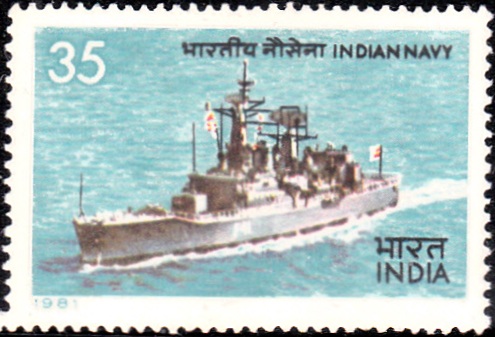
Indian Navy 1981
A commemorative postage stamp on the Indian Navy Day : INS Taragiri, a Nilgiri-class frigate :
Issued on Dec 4, 1981
Issued for : The Indian Post & Telegraphs Department was privileged to issue a special postage stamp on the Indian Navy to commemorate Navy Day which is observed on 4th December every year.
Description of Designs : The stamp designed by the India Security Press shows Indian Naval Ship TARAGIRI. First day cover illustration shows a helicopter on board an Indian Naval Ship. Cancellation was designed by Lt Cdr P B Chowdhuri, IN and Charanjit Lal.
Type : Stamp, Mint Condition
Colour : Multicolour
Denomination : 35 Paise
Overall size : 4.06 x 2.75 cms.
Printing size : 3.70 x 2.40 cms.
Perforation : 14 x 14½
Paper : Printed on unwatermarked adhesive stamp paper
Number printed : 20,00,000
Number per issue sheet : 40
Printing process : Photogravure
Printed at : India Security Press
About :
- India‘s seafaring traditions have roots in its ancient civilisation. The seals portraying anchors, tools and kitchen implements made of coral and mussel shell, discovered during excavations at Harappa and Mohenjo-Daro, bear testimony that Indians were master seafarers as early as five millennia ago. Buddhist inscriptions in Pali and Sanskrit as well as coins and temples in some countries on the Indian Ocean littoral establish that Indians Sailed the seas regularly for commercial and cultural exchanges. In the most recent times, the European Maritime powers were given a stiff battle by the Navy as it existed then under the great Admiral Kanhoji Angre. During the first and second world wars, the ships of the Navy served with distinction in different oceans of the world. The sinking of a heavily armed Japanese ship by HMIS Bengal in the Indian Ocean in 1942 was a daring feat.
- The Indian Navy as it exists today, is a manifestation of our ancient maritime heritage and aspirations. The fleets are composed of some of the most modern ships with sophisticated weaponry. It is a hard hitting force fully capable of annihilating threats from the air, on the surface and below the surface of the seas. The complete supremacy of the Indian Navy in the Arabian Sea and Bay of Bengal during 1971 operations was a unique achievement.
- The seas around have always been important to India for its security and prosperity. India occupies a strategic position in the Indian Ocean. The discovery of oil off India‘s coast is very promising. Our exclusive economic zone abounds in sea food and may also have the much needed minerals. The seas hold the key for improving the quality of life of Indian people in the feature. The role of the Indian Navy in safeguarding the national interests and economic growth will thus become all the more important and have a direct being on India‘s strength and economic well-being of its people.
- The Indian Navy face the future with confidence. It is becoming increasingly self reliant with warships being built by Indian shipyards. Its personnel are drawn from all corners of the country, from all religions, castes and creeds. They are steadfast in their resolve to meet all challenges, be it an enemy attack during war or rushing aid to civil power during natural calamities and accidents. They train hard and work with a spirit of dedication to make India a great maritime nation.
- (Text by courtesy of Naval Headquarters).



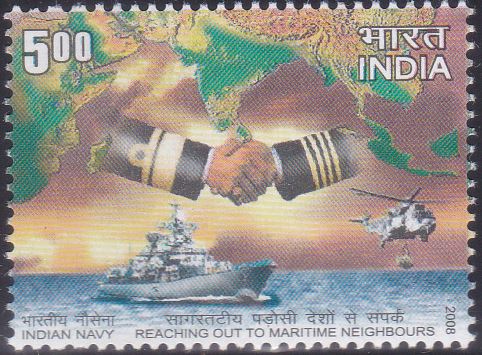
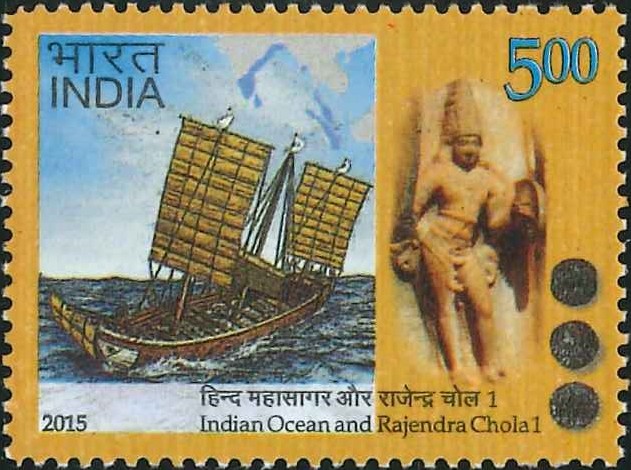
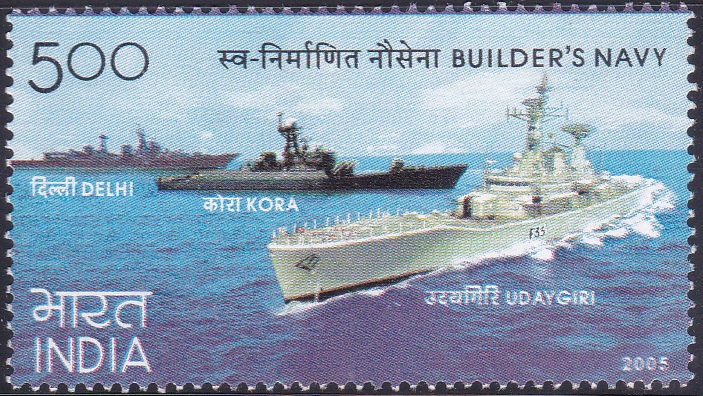
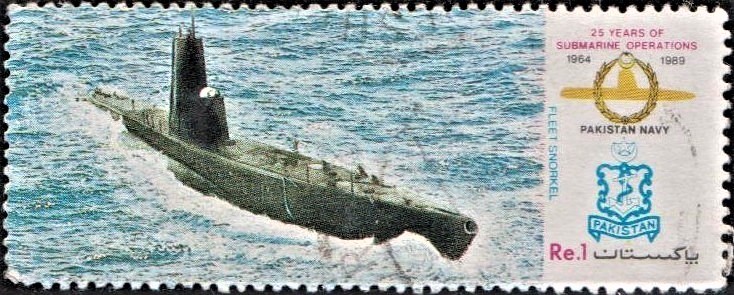

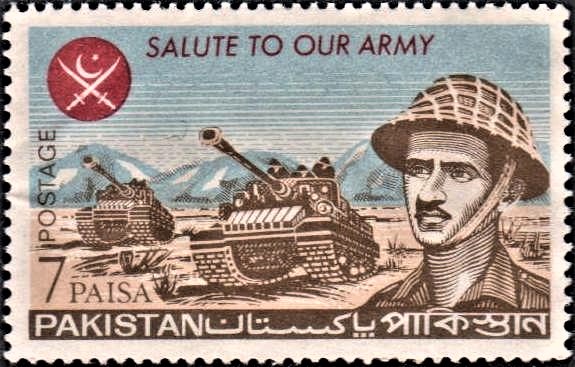
[…] Indian Navy’s tryst with a dedicated Defence communication satellite began on 30th August 2013 with the successful launch of GSAT-7 by Indian Space Research Organisation (ISRO) from French Guiana under the project christened “Project Rukmani”. With this landmark event, Indian Navy joined the elite group of Navies that possess the capability to conduct operations using dedicated communication satellites. […]
[…] Services Staff College, imparting training to middle level officers of the three Services, Army, Navy and Air Force, in the company of some officers from the Indian Civil Services, Para Military Forces […]
[…] ever indigenously built, was christened after an earlier ship of the same name which had served the Indian Navy in an illustrious manner for three […]
[…] Indian Army, assisted by Air Force and Navy, launched an armed action code named “Operation Vijay” on 18th December 1961. The […]
[…] 1956, the Government of India gave its approval for the creation of Naval Aviation wing for the Indian Navy and acquired an aircraft carrier ex-HMS Hercules, along with two aircraft squadrons of Hawker […]
[…] the Indo-Pakistan war of September, the Pakistan Navy completely out-classed the much larger Indian Navy. The courage and daring of its officers and men and their vigilance did not allow the Indian naval […]
[…] by virtue of its location is placed in a position which exhorts it to safeguard the seaways. Indian Navy by way of its Maritime Strategy has adopted a strategy of deterrence to maintain peace. Submarines […]
[…] land to ship, land to land and ship against the land. Today the BrahMos is operational with the Indian Navy and […]
[…] Wing” and the “Military Wing”. The first batch of 190 cadets of the Army, Navy and Air Force commenced combined training on 16 January 1949 at Dehradun, in the Inter Services […]
[…] Fleet Review (PFR) is a ceremonial occasion traditionally held by the Indian Navy to showcase its prowess. The review is a grand and formal occasion when all operational naval […]
[…] to the operating environment of ships, were implemented. This operation was undertaken by the Indian Navy in close coordination with Ministry of External Affairs, Home Affairs, health and various other […]